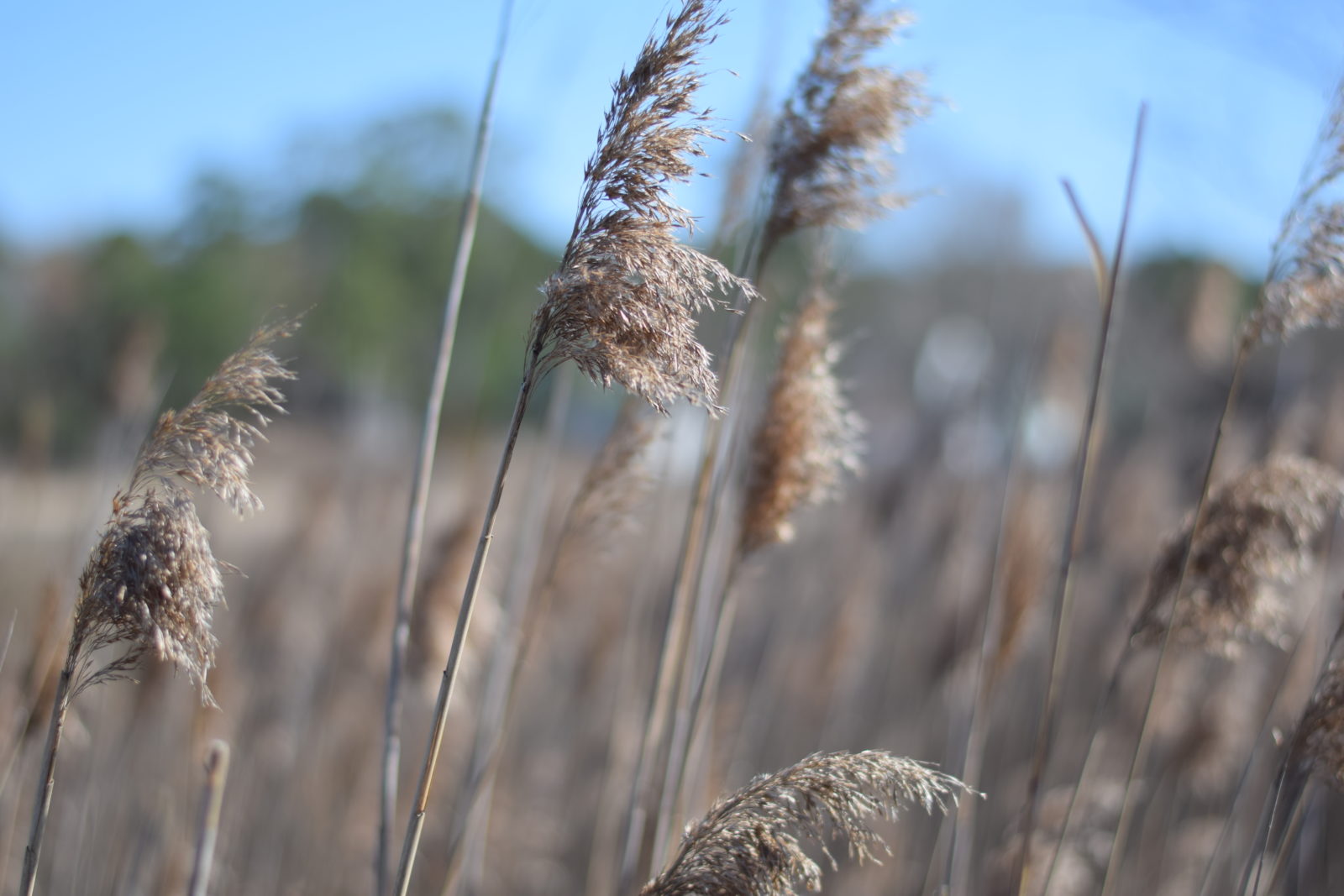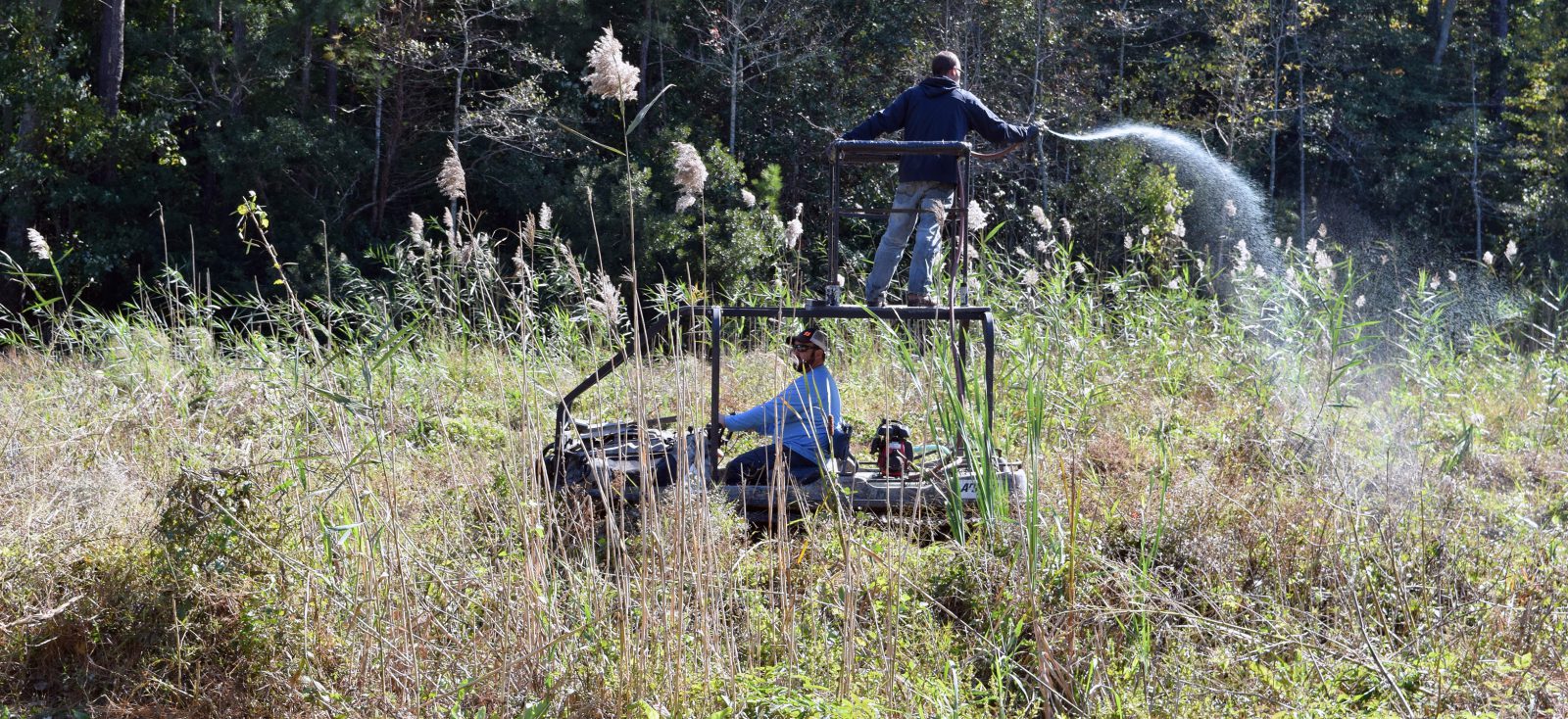
Wetland Management: Preventing Invasive Plant Species Growth
Wetlands are unique, natural ecosystems that contain a wealth of plant, animal, insect and resource diversity. In fact, the biological variety in wetland environments is comparable to coral reefs and rain forests. While the complex relationships between living organisms and the watershed are typically kept in check by mother nature, delicate wetlands are susceptible to nuisance and invasive species, which can create dangerous imbalances in the ecosystem if proper management techniques are not utilized.
Human activity is the primary cause of invasive species relocation. Phragmites, purple loosestrife, Japanese knotweed, Chinese tallow and giant reed are common species that lake and pond management professionals see in the field across the country. Hailing from Asia and Europe, these perennial plants have little natural competition in North America, and can aggressively invade and overcrowd wetlands, marshes, streams and other wet environments. As a result, native plants may struggle to obtain the nutrients and sunlight needed to survive. Insects and wildlife can experience difficulty finding suitable food and habitats. The environment itself may become unrecognizable as the dense, impenetrable monocultures block out views of the landscape and dry out the wetland. However, there are many ways to control invasive species and prevent the future transport of plants that are detrimental to native environments.
The most effective invasive species strategy is proactive management. It is easier to take steps that prevent the introduction of invasive vegetation, rather than address a deep-rooted problem. Care should be taken to educate surrounding communities about the dangers of invasive plants, many of which tend to spread through seed, stem fragments and roots, called rhizomes. Routine professional inspections and wetland monitoring can also help identify noxious species before they have had a chance to proliferate, allowing for small, selective treatment of the invasive species.

For large-scale infestations of an invasive plant species, multiple ground, aerial or airboat treatments of an aquatic herbicide may be necessary to limit further growth and degradation of the ecosystem. It’s often recommended that treatments take place for several consecutive years to slowly thwart new seed growth. Depending on the type of species present, hand-cutting, mulching or physical plant removal may also be prescribed to expedite the recovery of desirable plants to the area. Because many non-native species are incredibly invasive, erroneous control methods have the potential to worsen an infestation. It’s essential to consult with a professional to design an effective management approach.
An Integrated Management Plan is the key to the effective, long-term treatment and prevention of any invasive species. An integrated approach will help ensure that the necessary permitting is obtained, the undesirable plant is targeted correctly and the site is regularly monitored to avoid future regrowth of the invasive species. An integrated management plan may also include professional wetland restoration and planting work. Dedicated planting can help improve the stability of native plants and create competition that deters the growth of undesirable species. A wetland management professional can recommend hearty plant species best suited for your region.
Whether you live near natural or man-made wetlands, salt marshes or the riparian areas, it’s important to preserve the diversity of the natural environment through prevention and removal of invasive species from delicate ecosystems. With knowledge and persistence, it is possible to permanently eliminate these undesirable plants from their non-native habitats and allow native wildlife to thrive once again.
Find Your Wetland Management Solution
Call 888-480-5253 or complete the form below to connect with a wetland management specialist.
SOLitude Lake Management is committed to providing full servicelake and pond management solutions that improve water quality, preserve natural resources, and reduce our environmental footprint. Our services include lake, pond, wetland and fisheries management programs, algae and aquatic weed control, mechanical harvesting, hydro-raking, installation and maintenance of fountains and aeration systems, water quality testing and restoration, bathymetry, lake vegetation studies, biological assessments, habitat assessments, invasive species management and nuisance wildlife management. Services, consulting and aquatic products are available to clients nationwide, including homeowners associations, multi-family and apartment communities, golf courses, commercial developments, ranches, private landowners, reservoirs, recreational and public lakes, municipalities, parks, and state and federal agencies. Learn more about SOLitude Lake Management and purchase products at www.solitudelakemanagement.com.









